Olive oil elaboration
Before learning how to taste olive oil it is important to know about its elaboration process. In fact, every stage of the process affects the “organoleptic” characteristics (flavour, smell…) and the quality of the oil.
1º Growth
Bad growing conditions are the main reason for defects in oils.
The olive can be unhealthy and infested with pest and diseases. The most famous olive pest is the “olearic fly” which produces a high degree of acidity and a defect known as “worm”.
The olives that have fallen to the ground should never be collected since the oil obtained from them would have an earthy flavour, and a damp taste if it had rained. Also if those olives had remained on the ground for several days, the oil obtained from them would have a rusty flavour.
The olives can dry on the tree, producing an oil with a wooden flavour.
The olives can be exposed to very cold temperatures, producing an “unfruity” and extremely sweet oil, and a unpleasant flavour known as “frozen olive”.
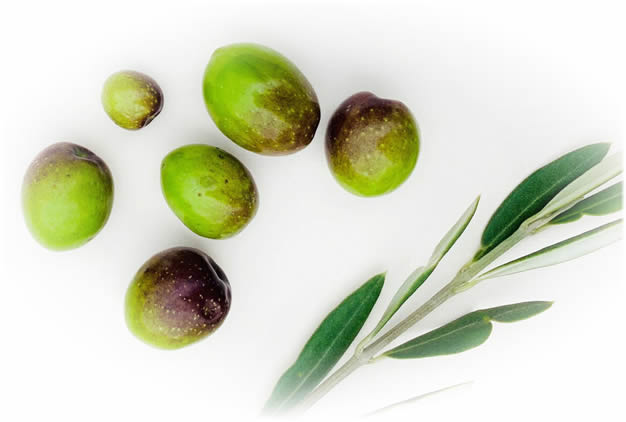
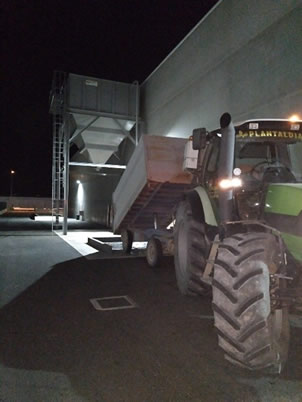 2º Harvest & Tansport
2º Harvest & Tansport
During transport to the oil mill the olives should suffer the minimum damage possible from knocking, bruising, squashing,…because this could cause the fruit to ferment. The oil obtained from them would loose its “fruity” aroma, be replaced by an overripe aroma and would produce “atrojado” and “vinegary” tasting oils.
3º Storage
Once harvested the olives should be ground within 24 hours because after that the fruit begins to ferment and that will affect the quality and the “organoleptic” characteristics of the oil. The fermentation produces typical rusty, damp and earthy odours.
4º Delivery, cleaning & washing
The olives are delivered to different unloading places, separated according to the quality of the fruit.
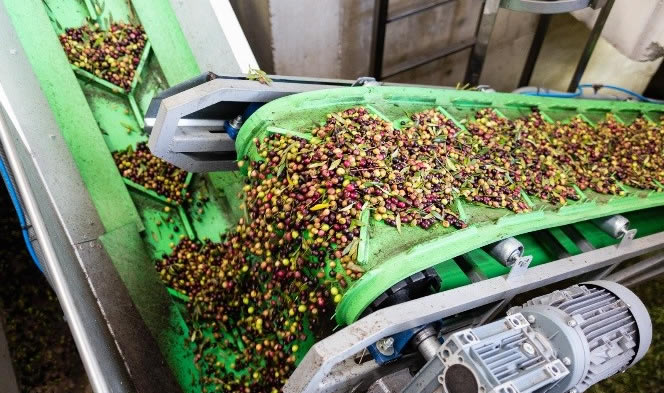
Cleaning and washing must be efficient in order to remove leaves, branches, mud etc… since those impurities could produce extremely intense flavours of green leaves, bitter, sour and astringent flavours.
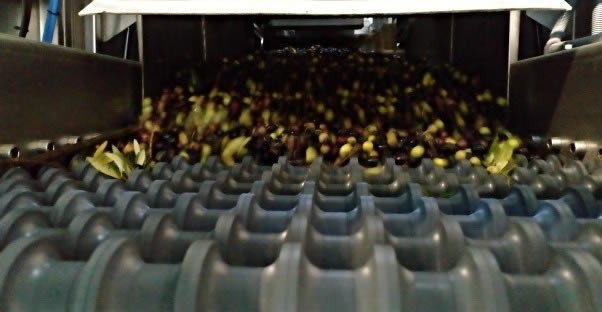
5º Preparation of the paste
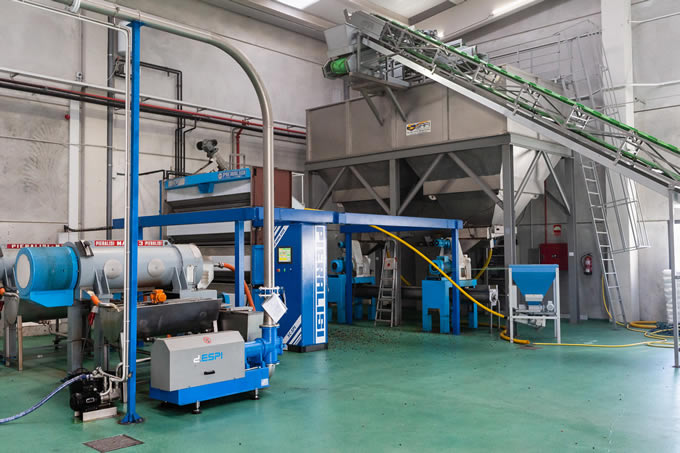
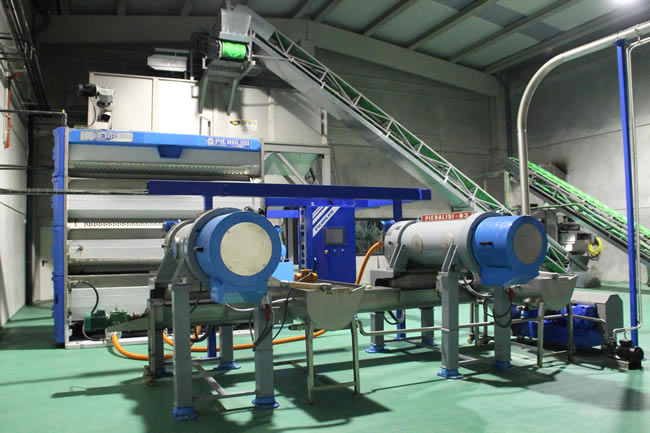
6º Separation & filtration
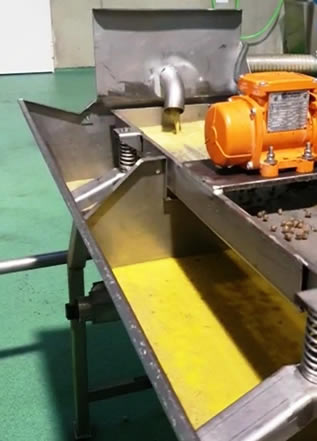
The separating of solid and liquid phases can be done by pressing (traditional system) or by centrifugation (modern system). The aim of this stage is to separate the oil and “alpechin” (vegetable waters contained in the olive) from the solid part made of pulp and stones, called “pomace”.
The separation of liquid phases can be done by decanting or centrifugation. The aim is to separate the oil from the “alpechin”.
Finally, filtration can be done in order to remove definitively all the impurities.
The cleanliness and up keep of the material and machinery during this stage are also very important. The lack of them will increase the water content and number of impurities which will affect the quality of the oil and increase the risk of fermentation during storage which will produce dump, vinegary, dirty and “borras” aromas.
7º Storage of the final product
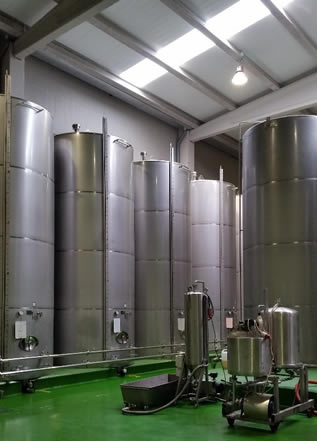
The oil cellar, or storage zone, of the product must meet several requirements in order to maintain the quality of the oil:
In conclusion, in order to obtain a high quality extra virgin olive oil, the olives must be healthy, in their optimum degree of ripeness, recently harvested and, the material and machinery in contact with it must be perfectly clean and maintained.
